News
Drill into the low carbon benefits of processing at source
19 February 2020
Published in Offshore Engineer, August 2020.
Written by Gareth Innes, Chief Engineering & Commerical Officer.
When it comes to defining the methodology for drill cuttings treatment, it is now possible to materially reduce costs, improve safety, and lower the carbon emissions of drilling projects. These benefits, associated with processing drill cuttings at the rig site, are now widely acknowledged by operators in the UK Continental Shelf (UKCS).
The largest waste streams generated from global offshore drilling operations are water-based and non-aqueous drilling fluids (NAF) and associated drill cuttings. Traditionally, the ‘skip and ship’ method is used to collect, contain, and transfer the drill cuttings by sea and road freight to a specialist processing facility onshore.
An alternative, and both financially and environmentally optimised solution, is thermal processing of drill cuttings at the rig site. TWMA’s mobile TCC RotoMill® unit separates drilling waste at the source, into its three constituent parts of oil, water, and solids for recycling, reuse and safe disposal. This method eliminates the requirement to transport drilling waste long distances onshore.
An industry study highlighted significant health, safety and operational benefits of a rig-based approach, such as a reduction in skip handling, waste handling, crane use and weather exposure. Recently, with ever increasing focus on the environmental impact of offshore operations, TWMA engaged environmental consultancy, Carbon Zero, to conduct a research study to determine the carbon footprint of both a rig site processing approach and a ship to shore based cuttings treatment solution.
In line with PAS 2050, the UK specification for assessing product life cycle greenhouse gas emissions, Carbon Zero included and excluded various processes from the CO2e (carbon dioxide equivalent) calculation. For the processing of cuttings on an offshore rig they included the transportation involved in commissioning and decommissioning a TCC RotoMill® unit, and any direct emissions associated with the processing of cuttings.
For a ‘skip and ship operation’ Carbon Zero studied the transportation of empty skips to the offshore platform and the transportation of full skips onshore. They also tracked any direct emissions associated with the treatment of cuttings and the transportation of all drilling wastes and any emissions associated with the further processing of water and oil.
Both onshore and offshore treatment methods use a similar treatment process, however, the main difference in carbon emissions between the two techniques is the transport and logistics associated with large volumes of material being shipped to shore when not processing at the rig site.
On a ‘skip and ship’ operation, drill cuttings are transported from offshore and treated at our Peterhead processing site. There, we deal with the three main waste products differently. Recovered oil is sent to a third party to be recycled, recovered water is treated onsite for discharge to SEPA requirements and the recovered powder is recycled for reuse in various applications.
In adopting TCC RotoMill® treatment at the rig site, recovered oil can be reused onsite within the drilling fluid system and water can safely and legally be discharged into the sea or used to dampen the rock dust powder before again being discharged to sea, where it disperses with marine currents.
Our research used three variables to establish the baseline data required to calculate the carbon footprint: average platform distance from Peterhead (263km), average total well depth (7,664ft) and average total weight cuttings produced per well (582t).
In total, the data for nine wells from four different platforms was analysed; five wells utilised the TCC RotoMill® to treat drill cuttings offshore with the remaining four using the alternative ‘skip and ship’ to shore method.
Three data scopes were measured and analysed:
- Emissions relating directly to engine fuel usage and company owned vehicles were almost 43% less using the TCC RotoMill® process
- Electrical emissions were around 37% less compared to ‘skip and ship’
- Indirect emissions associated with third party road and ship transportation produced the greatest difference, with 98% less using the TCC RotoMill® process
The overall results revealed the carbon footprint of the TCC RotoMill® utilised to treat drill cuttings at source on an offshore rig was approximately half of that of an equivalent ‘skip and ship’ operation. Furthermore, additional benefits include the diversion of waste powder from landfill, produced oil being re-used in the offshore drilling system and wastewater requiring no further treatment.
This study really raised our awareness of the CO2e emissions associated with each process and highlighted where future savings may be made.
As HSE, cost-efficiency and low carbon drilling continue to be the focus for all operators, I expect that the processing of drilling cuttings offshore will continue to be adopted as best practice and throughout the North Sea and beyond.

Gareth Innes, Chief Engineering & Commercial officer, TWMA.
All the latest from TWMA
View all news
All the latest from TWMA
-
 News
NewsIntroducing a new era of Drill Cuttings Treatment in the UAE.
TWMA is proud to announce the first receipt of drill cuttings at its newly constructed treatment facility in Habshan, Abu Dhabi.
16 December 2025 -
 News
NewsTWMA Reports Quarter Three 2025 Results.
Specialist drilling waste management company, TWMA, has published its Third Quarter results for 2025, with revenue of $16.8m.
26 November 2025 -
 News
NewsMeet the TWMA Team.
Susan Kensett shares her valuable insights and wealth of experience in a recent Q&A:
18 November 2025 -
 News
NewsMeet the TWMA Team.
Abdelrahman Amin shares his valuable insights and wealth of experience in a recent Q&A:
04 November 2025 -
 News
NewsMeet the TWMA Team.
Haitham Farrouk shares his valuable insights and wealth of experience in a recent Q&A:
17 October 2025 -
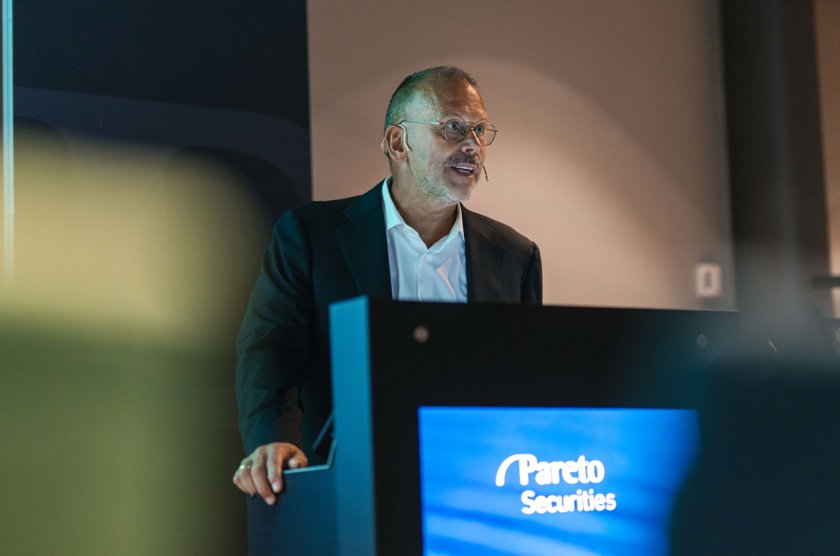 News
NewsTWMA Presents at Pareto Securities' 32nd Annual Energy Conference
TWMA, the world’s leading specialist in drilling waste management, was proud to present at Pareto Securities' 32nd Annual Energy Conference, held on 11th-12th September 2025 in Oslo, Norway.
15 September 2025 -
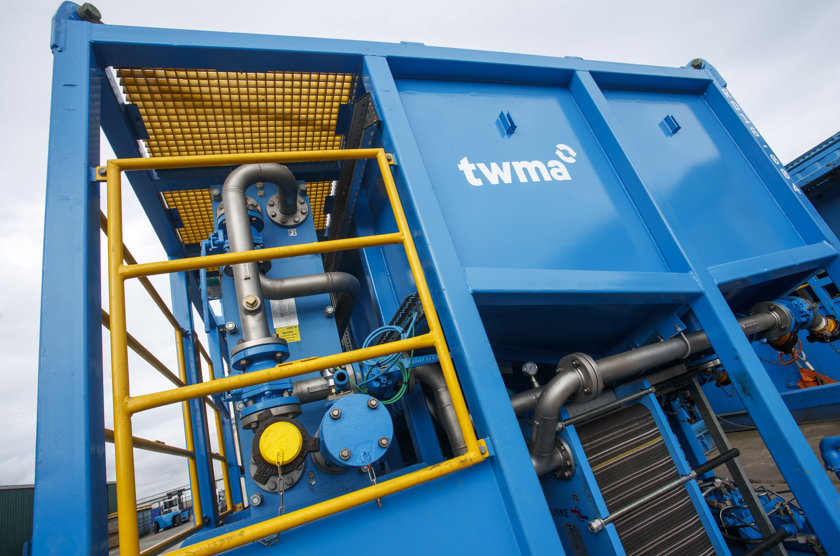 News
NewsTWMA Announces Q2 Results
Specialist drilling waste management company, TWMA*, has published its second quarter results for 2025, with increased revenue of $18.6million and EBITDA of $5.1million.
28 August 2025 -
 News
NewsMeet the TWMA Team.
Want to learn more about life at TWMA in Norway? Discover how our strong partnerships with clients are helping deliver record-breaking drilling performance in Kristin’s recent Q&A:
05 June 2025 -
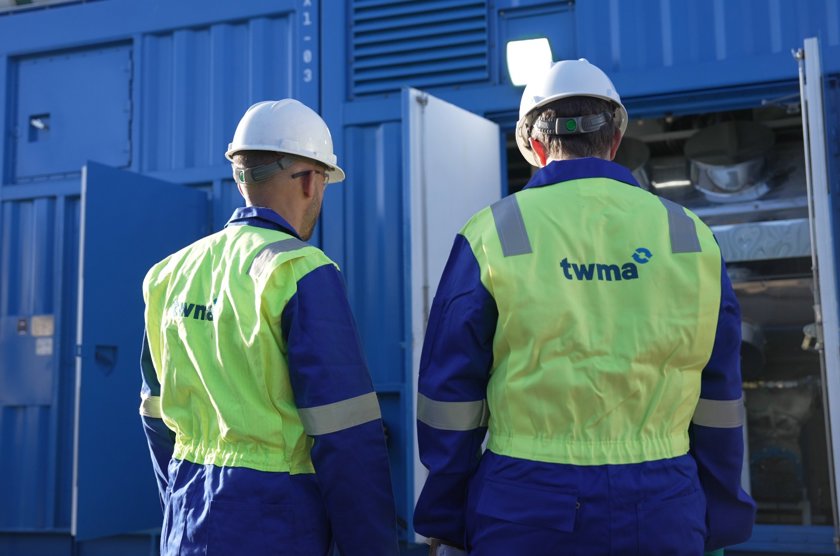 News
NewsTWMA Secures Major Contract with bp in the UK North Sea.
Drilling waste management specialist, TWMA, has been awarded a contract with bp to provide drilling waste management services in the UK North Sea. This agreement reinforces TWMA’s position as a trusted provider of innovative solutions to the global energy industry.
12 May 2025 -
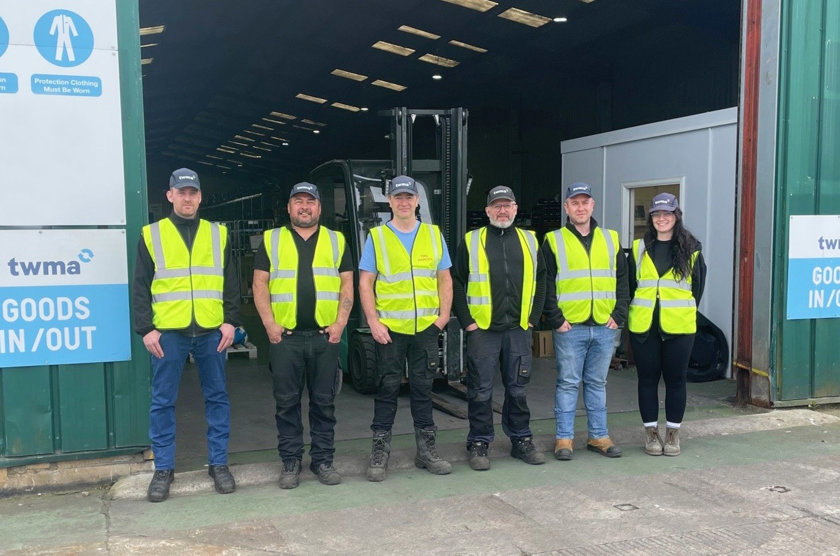 News
NewsTWMA Celebrates 10 Years LTI-Free at Tullos Materials Management Centre.
Drilling waste management specialist, TWMA, is proud to announce a significant safety milestone, 10 years without a Lost Time Incident (LTI) at its Tullos Materials Management Centre.
25 April 2025 -
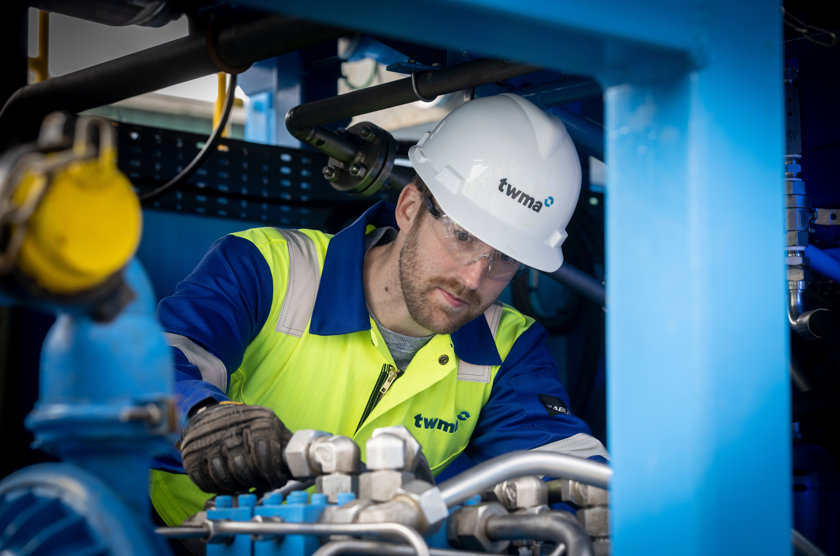 News
NewsTWMA Secures Three-Year Contract with TotalEnergies.
Specialist drilling waste management company, TWMA, has secured a three-year contract with TotalEnergies UK for its renowned drilling waste management services, marking the continuation of a long-term relationship between the two companies.
01 April 2025 -
 News
NewsTWMA to Share Green Transition Strategies at SPE/IADC International Drilling Conference and Exhibition.
Specialist drilling waste management company TWMA is set to participate in the upcoming SPE/IADC International Drilling Conference and Exhibition.
04 March 2025 -
 News
NewsTWMA announces Fourth Quarter Revenue of $18 million.
Specialist drilling waste management company, TWMA, has published its Fourth Quarter results for 2024, with revenue of $18m and EBITDA of $5m.
27 February 2025 -
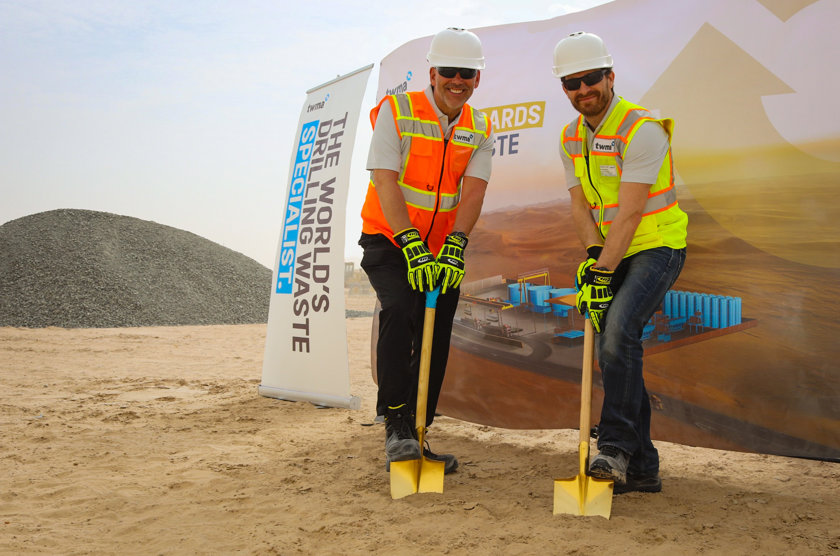 News
NewsTWMA Breaks Ground on Unrivalled Drilling Waste Management Facility.
TWMA, a global leader in drilling waste management, has officially broken ground on its latest facility in Habshan, Abu Dhabi.
26 February 2025 -
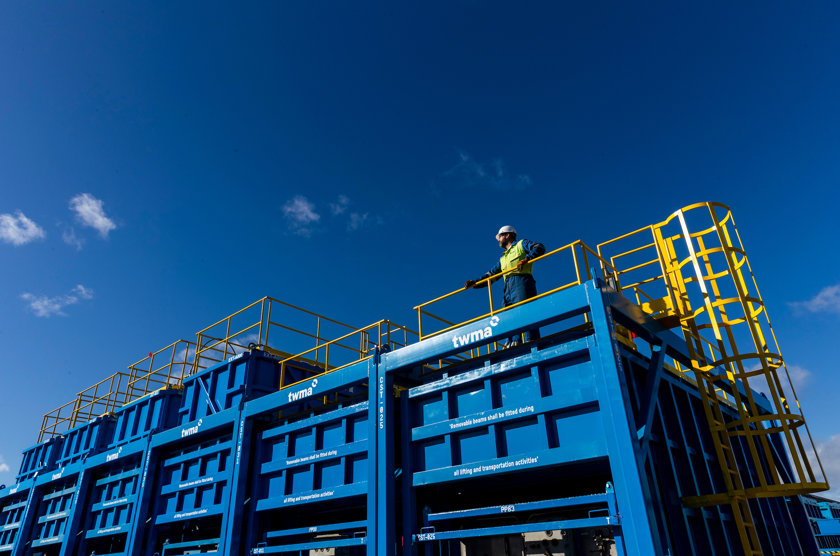 News
NewsTWMA Partners with Multinational Operator for Inaugural Exploration Project in Egypt.
Drilling waste management specialist, TWMA, has announced a landmark partnership with a multinational energy operator for its inaugural exploration project in Egypt.
18 February 2025 -
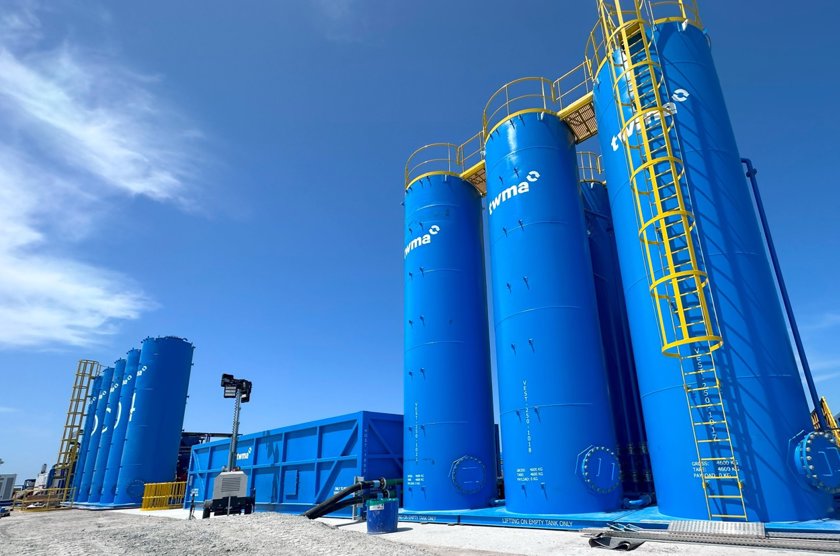 News
NewsTWMA’s Regional Impact Recognised in Prestigious Awards.
Offshore drilling waste management specialist, TWMA Middle East Limited, has been announced as a finalist in the 2025 Oil & Gas Middle East Awards.
30 January 2025 -
 News
NewsTWMA Celebrates 5 Years in the North Sea Without Lost Time Incident (LTI).
Drilling waste management specialist, TWMA, is proud to announce the remarkable achievement of 5 years without a Lost Time Incident (LTI) across its North Sea operations.
10 January 2025 -
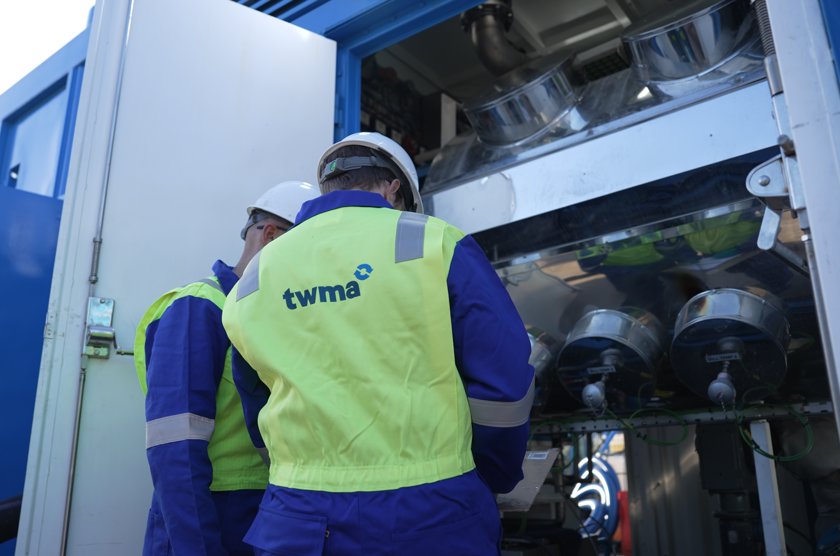 News
NewsSustainable Drilling Waste Solutions Recognised in Prestigious Industry Awards.
Specialist drilling waste management company, TWMA, has been announced as a finalist in this year’s SPE Offshore Achievement Awards.
10 January 2025 -
 News
NewsMeet the TWMA Team.
Princy Rajan shares her valuable insights and wealth of experience in a recent Q&A:
13 December 2024 -
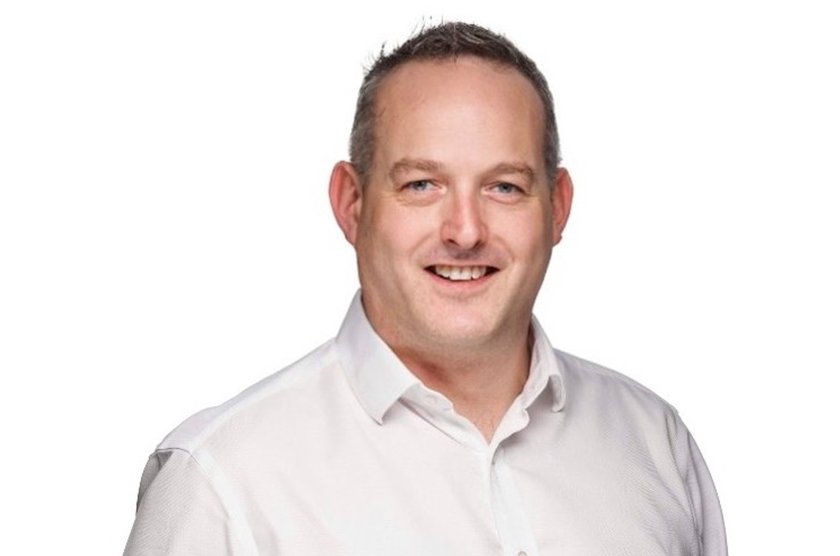 News
NewsTWMA Appoints New Group Commercial Director to Drive International Growth.
Specialist drilling waste management compnay, TWMA, has announced the appointment of Jonathan Parkes as its new Group Commercial Director.
09 December 2024 -
 News
NewsTWMA named as Driving Sustainability Finalist for 2025 Northern Star Business Awards.
TWMA has been shortlisted for the Driving Sustainability Award at the 2025 Northern Star Business Awards.
05 December 2024 -
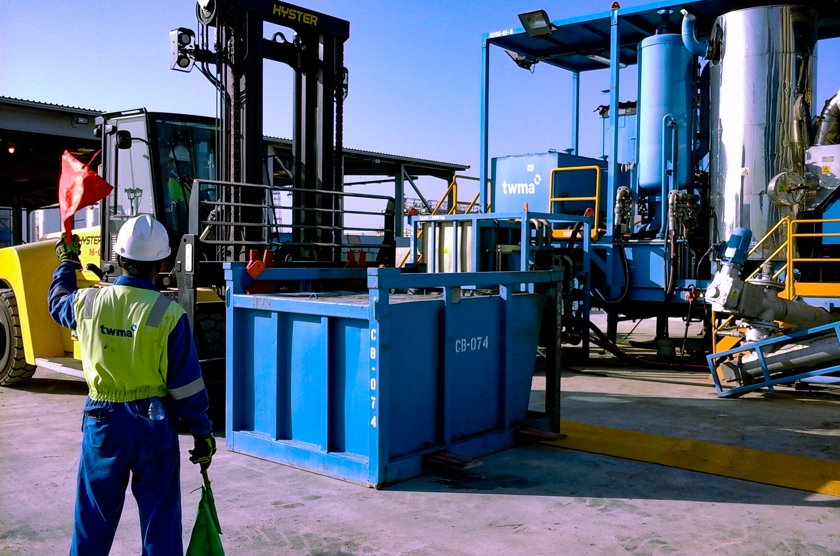 News
NewsTWMA announces Q3 revenue of $18million
Specialist drilling waste management company, TWMA, has reported its third quarter 2024 revenue of $18million and an EBITDA for continuing operations of $4.9million.
28 November 2024 -
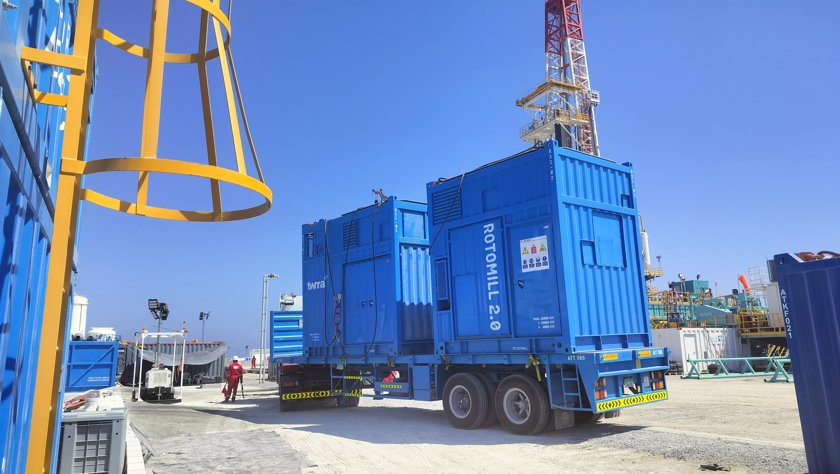 News
NewsTWMA Expands Middle East Operations Following $70 Million Contract Win.
Specialist drilling waste management company, TWMA, has announced a significant contract win with a leading UAE operator.
30 October 2024 -
 News
NewsMeet the TWMA Team.
Pierre-Marie Hinden shares his valuable insights and wealth of experience in a recent Q&A:
18 October 2024 -
 News
NewsTWMA Opens New Office in Cairo, Egypt.
TWMA is pleased to announce the opening of its new office in Cairo, Egypt, further solidifying our presence in the country and reinforcing our commitment to the MENA region.
03 October 2024 -
 News
NewsMeet the TWMA Team.
Ryan Bowron shares his valuable insights and wealth of experience in a recent Q&A:
10 September 2024 -
 News
NewsTWMA to Showcase Innovations at Pareto Securities' 31st Annual Energy Conference.
05 September 2024 -
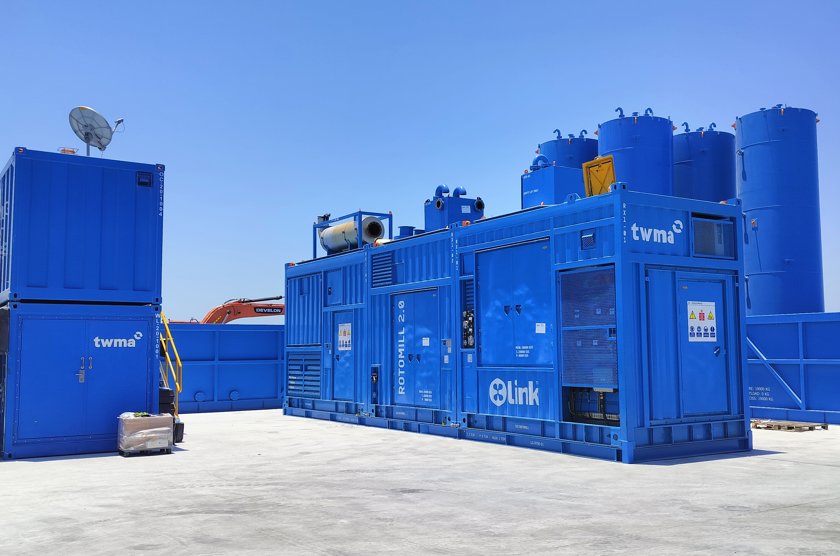 News
NewsTWMA Announces Second-Quarter Profit of $4.9million.
Specialist drilling waste management company, TWMA, has posted its second quarter 2024 earnings of $19.5million and operating profit of $4.9million.
02 September 2024 -
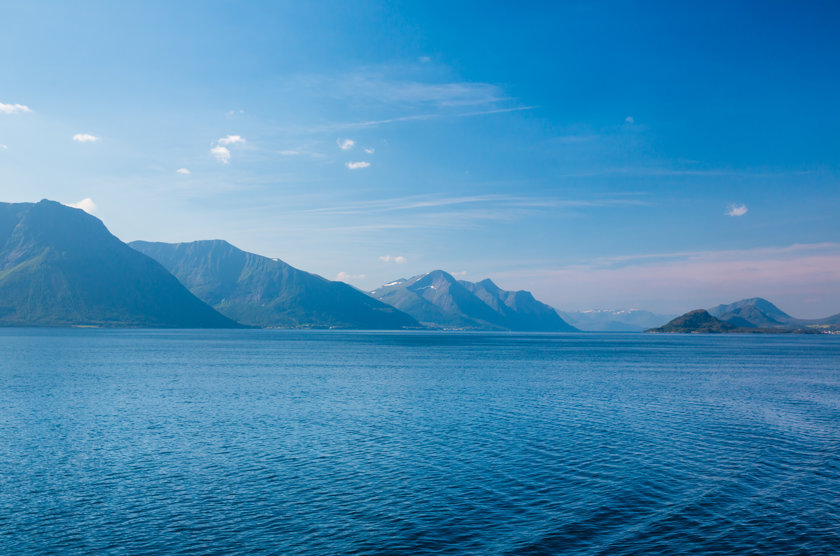 News
NewsTWMA Secures Contract Extension with Equinor.
TWMA has successfully secured the first of five available contract extensions with Equinor, a major development that could extend their collaborative efforts until May 31, 2034.
13 June 2024 -
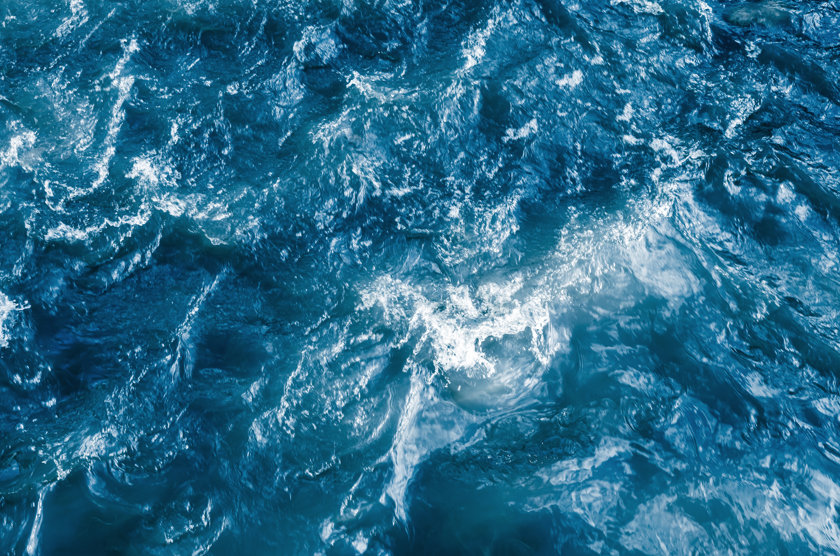 News
NewsTWMA Announces Continued Growth with First-Quarter 2024 Results.
Specialist drilling waste management company, TWMA, has posted its first quarter 2024 earnings of $18.3million and EBITDA of $4.7million.
31 May 2024 -
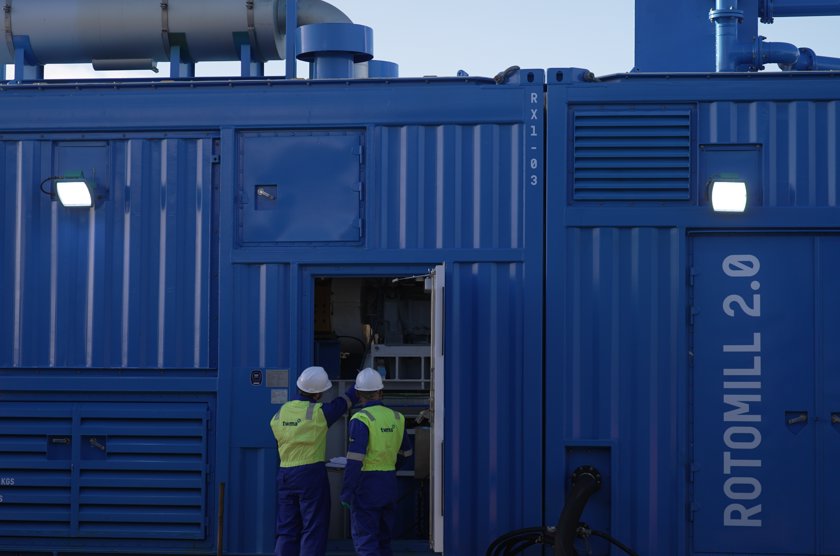 News
NewsTWMA Announces Strong Growth Following Annual Results.
TWMA posted its annual results (year ended to December 31, 2023) reporting an increase in turnover to $70.9million from $67.8million.
20 May 2024 -
 News
NewsTWMA Celebrate Award Success for Global Impact.
Drilling waste management specialist, TWMA, has been announced as this year’s Going Global winner at the prestigious Northern Star Business Awards.
22 April 2024 -
 News
NewsTWMA Announces Closing of $62.5 Million Sustainability Linked Bond.
Specialist drilling waste management company, TWMA, announced that it has closed on a $62.5 million Sustainability Linked Bond on the Nordic ABM in Oslo.
13 February 2024 -
 News
NewsMiddle East Award Nomination for RotoMill Technology.
Specialist drilling waste management company, TWMA, has been announced as a finalist in the prestigious Oil and Gas Middle East Awards for its latest generation of RotoMill technology.
06 February 2024 -
 News
NewsTWMA named as Going Global Finalist for 2024 Northern Star Business Awards.
Specialist drilling waste management company, TWMA, has been shortlisted for the Going Global Award at the 2024 Northern Star Business Awards.
22 November 2023 -
 News
NewsTWMA to double Middle East operations following $100 million contract win.
Specialist drilling waste management company TWMA has secured a $100 million contract for a major sour gas development in Abu Dhabi.
03 October 2023 -
 News
NewsJoin the Specialists at ADIPEC.
Join TWMA at ADIPEC in hall 8 on stand #8410 from 2-5 October in Abu Dhabi.
28 September 2023 -
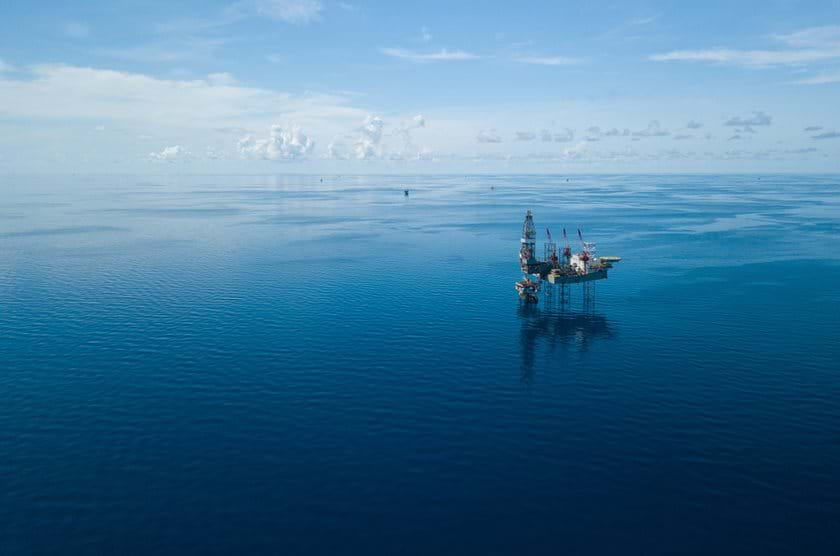 News
NewsTWMA secures major contract with Norwegian giant Equinor.
20 September 2023 -
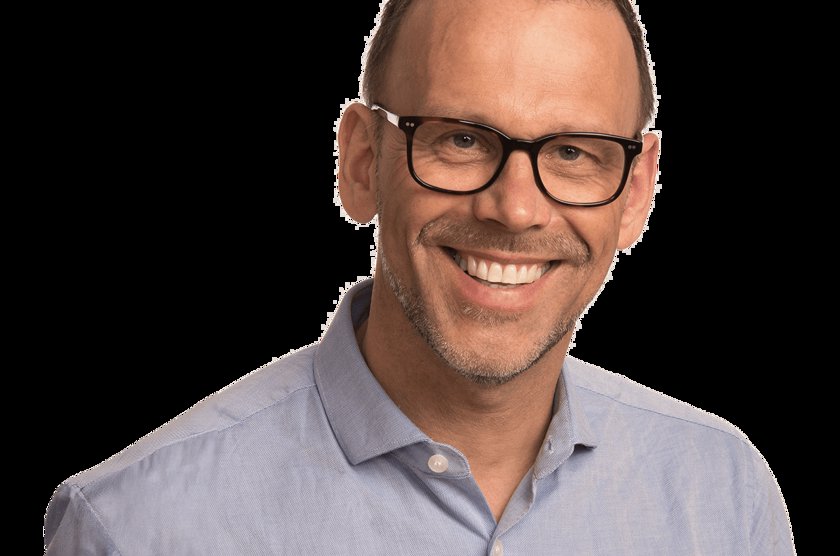 News
NewsTWMA to present innovations at Pareto Securities' 30th Annual Energy Conference.
19 September 2023 -
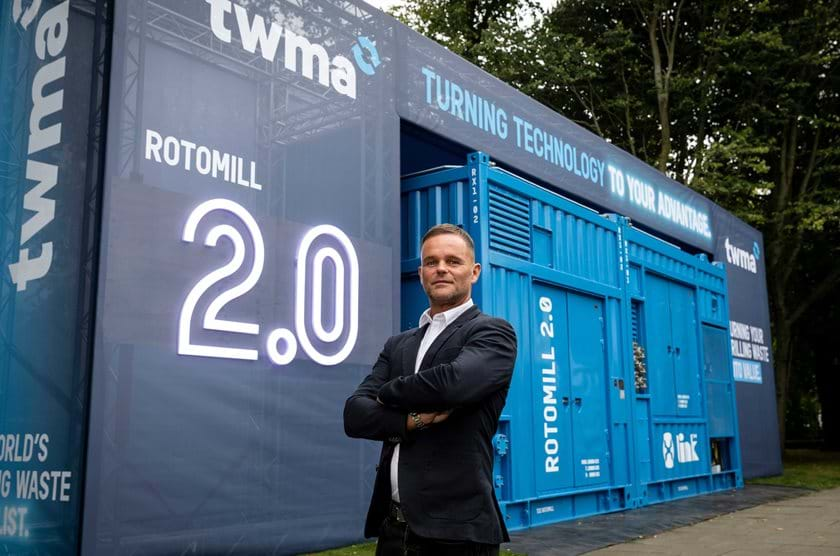 News
NewsTWMA launches RotoMill 2.0 wellsite processing solution.
07 September 2023 -
 News
NewsTWMA secures bp Egypt contract worth $15 million.
TWMA has been awarded a contract worth up to $15 million to support a large-scale oil and gas project for bp in Egypt.
14 August 2023 -
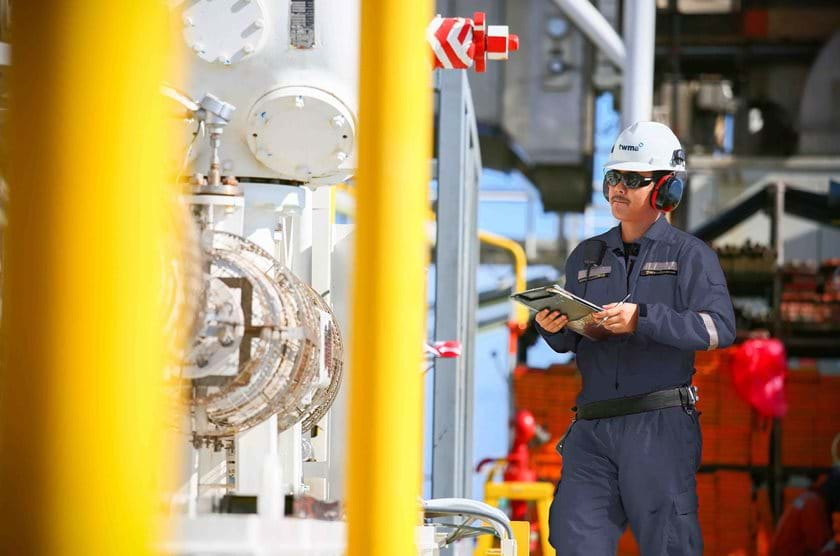 News
NewsTWMA Middle East celebrates milestone of 5 million work hours without lost time incident (LTI).
TWMA, the specialist drilling waste management company, has achieved 5 million work hours lost time incident (LTI) free across its Middle East operations.
02 August 2023 -
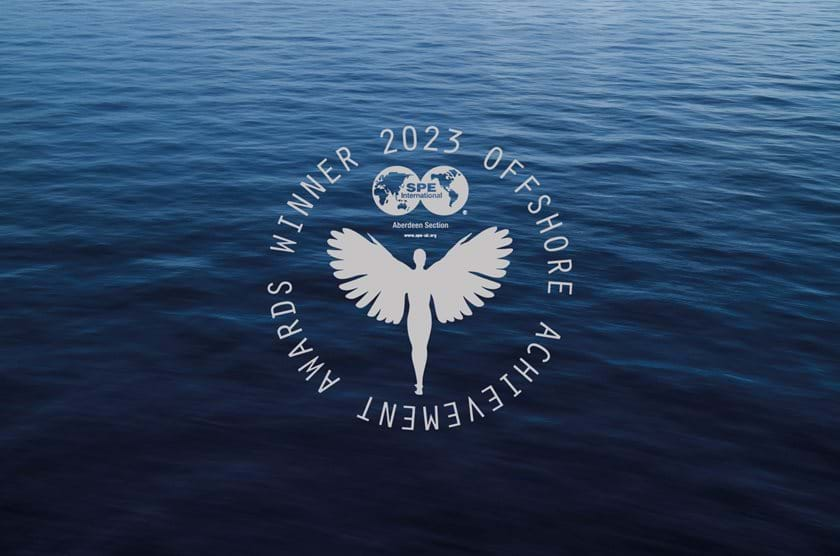 News
NewsTWMA decarbonisation efforts recognised with win at Offshore Achievement Awards.
TWMA, the drilling waste management specialist, received the Carbon Reduction in Conventional Assets award at the 2023 Offshore Achievement Awards.
20 March 2023 -
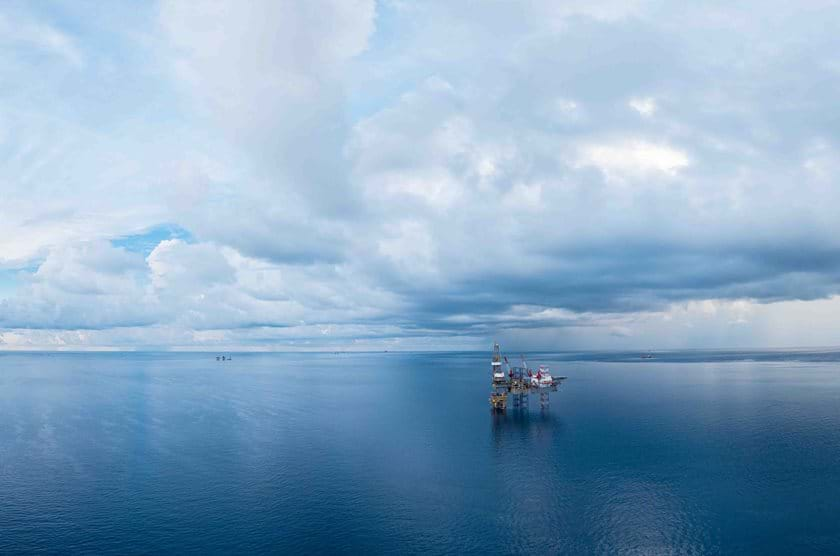 News
NewsTWMA secures seven-figure contract with North Sea operator.
Specialist drilling waste management company, TWMA, has secured a seven-figure contract with a major North Sea oil and gas operator.
02 March 2023 -
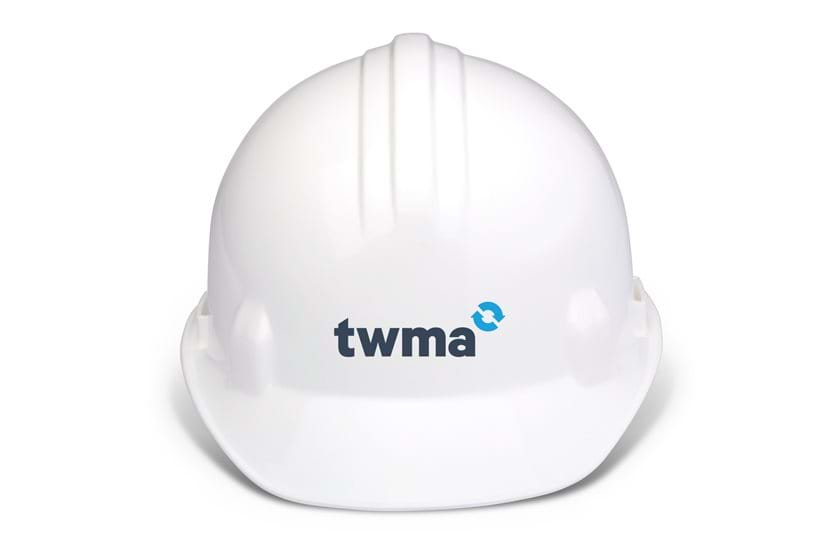 News
NewsTWMA celebrates reaching 4.5 million work hours LTI free in the Middle East.
TWMA, the specialist drilling waste management company, has achieved 4.5 million work hours lost time incident (LTI) free across its Middle East operations.
02 February 2023 -
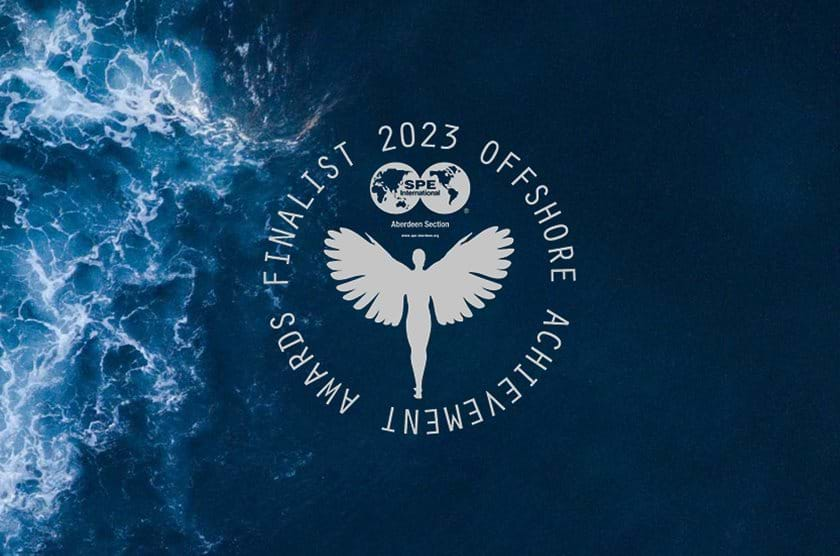 News
NewsTWMA named as Carbon Reduction in Conventional Assets finalist for 2023 SPE Offshore Achievement Awards.
Specialist drilling waste management company, TWMA, has been shortlisted for the Carbon Reduction in Conventional Assets Award at this year’s SPE Offshore Achievement Awards.
18 January 2023 -
 News
NewsTWMA launches XLink™ real time monitoring and automation solution at ONS.
TWMA, has launched its new XLink™ solution, designed to provide oil and gas operators with increased automation, deeper insights and real time data monitoring to improve the efficiency of their wellsite drill cuttings processing system
31 August 2022 -
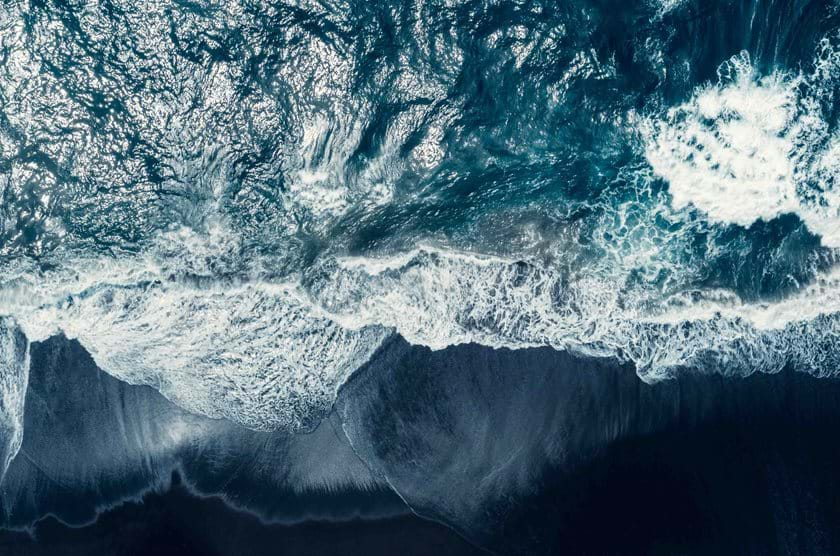 News
NewsDrill Cuttings Treatment Alternatives - A Comparative Emissions Assessment.
A case study assessing the CO2 footprint and NO2 emissions for different drill cuttings treatment alternatives.
02 February 2022 -
 News
NewsTWMA reaches key UAE milestone as it achieves API Q2 Certification.
Specialist drilling waste management company TWMA has secured the American Petroleum Institute (API) Q2 accreditation for its UAE operation, the first quality management system (QMS) certification for service suppliers in the oil and gas industry.
18 January 2022 -
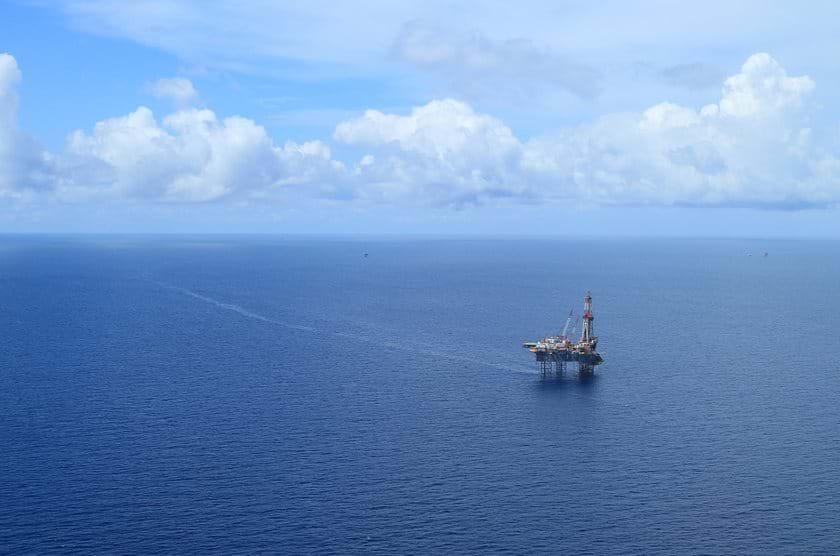 News
NewsCase Study: A wellsite processing solution proven to lower carbon emissions.
Specialist drilling waste management company TWMA highlights how its wellsite processing solution has been proven to reduce the carbon emissions of oil and gas drilling operations by 50%.
10 January 2022 -
 News
NewsTWMA’s wellsite processing solution proven to reduce carbon emissions of drilling operations by 50%.
Specialist drilling waste management company, TWMA, will highlight how its wellsite processing solution has been proven to reduce the carbon emissions of drilling operations by 50% at this year’s ADIPEC.
16 November 2021 -
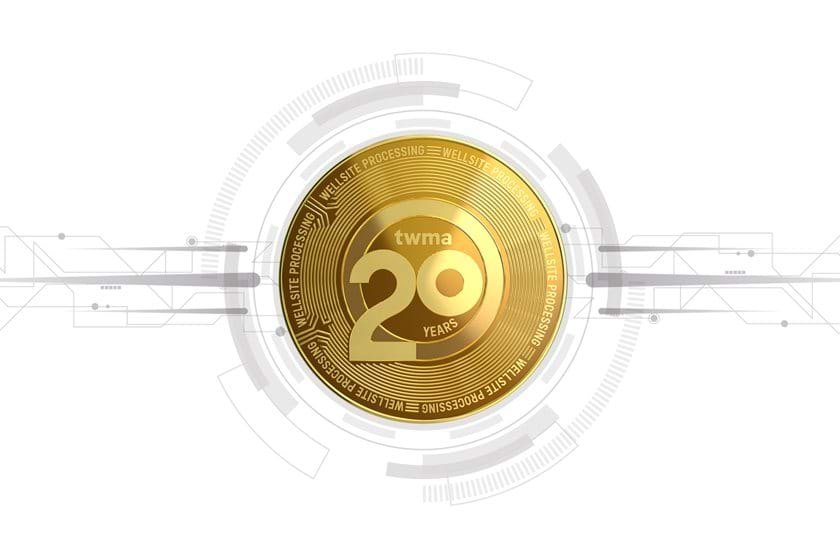 News
NewsTWMA Celebrates 20 Years of Offshore Processing.
TWMA celebrates 20 years of offshore processing, delivering the gold standard in wellsite technology application and operational excellence.
15 July 2021 -
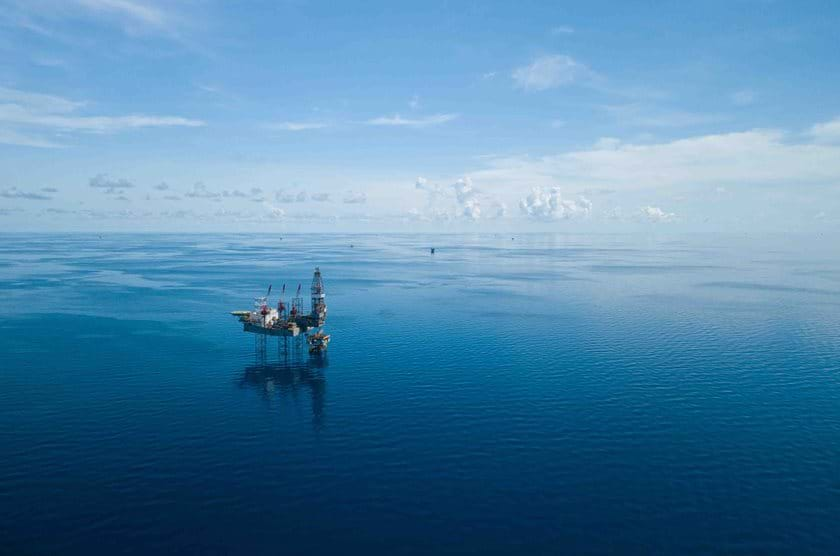 News
NewsTWMA awarded three-year extension for Aker BP's Valhall Flank Project.
TWMA, the specialist drilling waste management company, has been awarded a three-year contract extension to supply integrated waste management services for Aker BP’s Valhall Flank North and Hod B field development projects on the Norwegian Continental Shelf (NCS).
16 June 2021 -
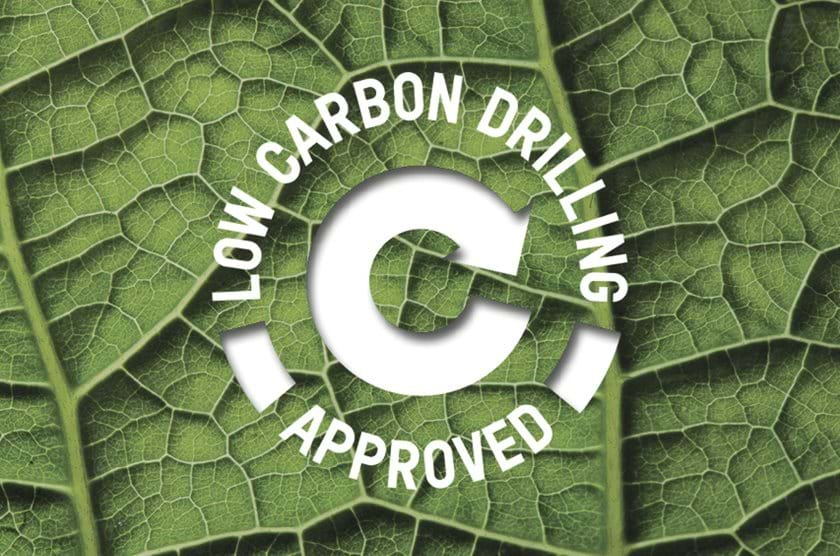 News
NewsTWMA Named as Net Zero Award Finalist for SPE Offshore Achievement Awards.
Specialist drilling waste management company, TWMA, has been shortlisted in the Net Zero category at this year’s SPE Offshore Achievement Awards.
06 May 2021 -
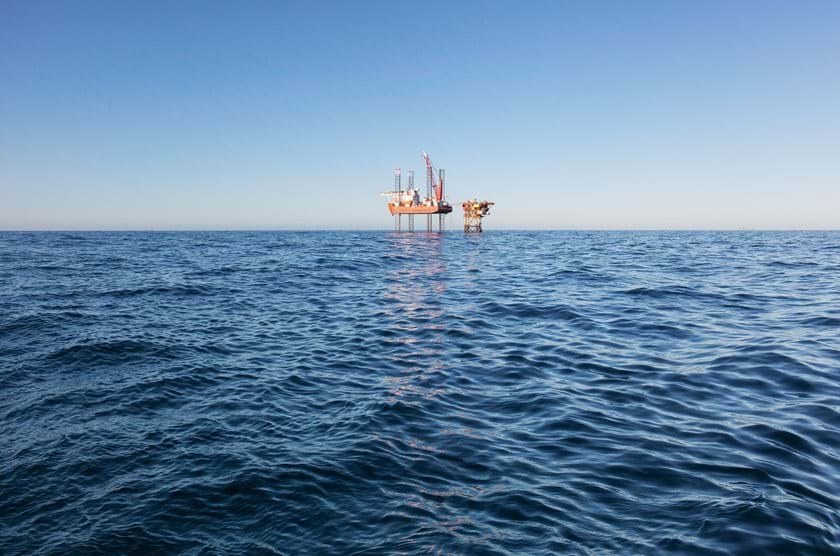 News
NewsTWMA secures first contract with Spirit Energy at Grove field.
Specialist drilling waste management company, TWMA, has secured a seven-figure contract with leading exploration and production company, Spirit Energy.
25 February 2021 -
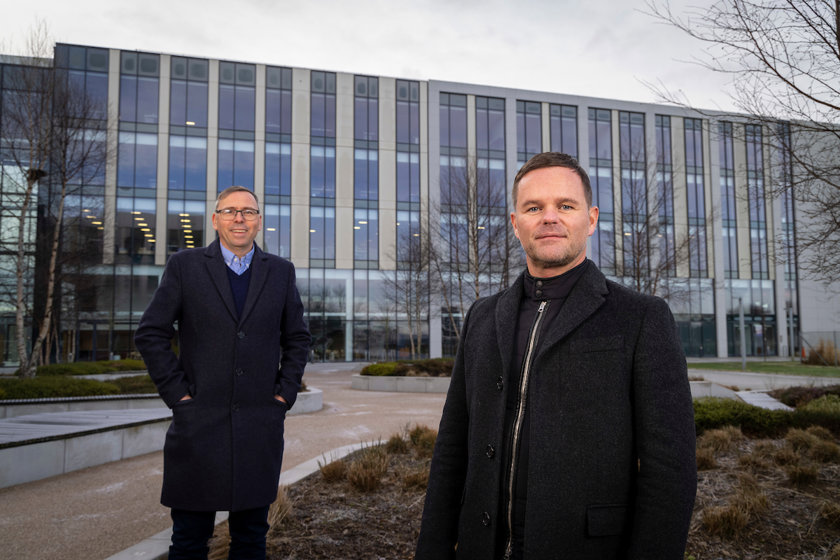 News
NewsTWMA’s move to new global HQ in Aberdeen to support growth plans and new technology roll outs.
Specialist drilling waste management company, TWMA, has secured new headquarters in Aberdeen to support business growth and deliver remote operations for its customers.
04 February 2021 -
 News
NewsNorth east classrooms refreshed and charities uplifted by TWMA’s office donations
TWMA has used an office upgrade as an opportunity to uplift local schools and charities.
03 December 2020 -
 News
NewsDrill into the low carbon benefits of processing at source
31 August 2020 -
 News
NewsTWMA reaches 9 years LTI free operations in Egypt
Drilling waste specialist, TWMA, has reached the milestone of nine years Lost Time Incident (LTI) free operations in Egypt across its sites in Cairo and Alexandria.
11 May 2020 -
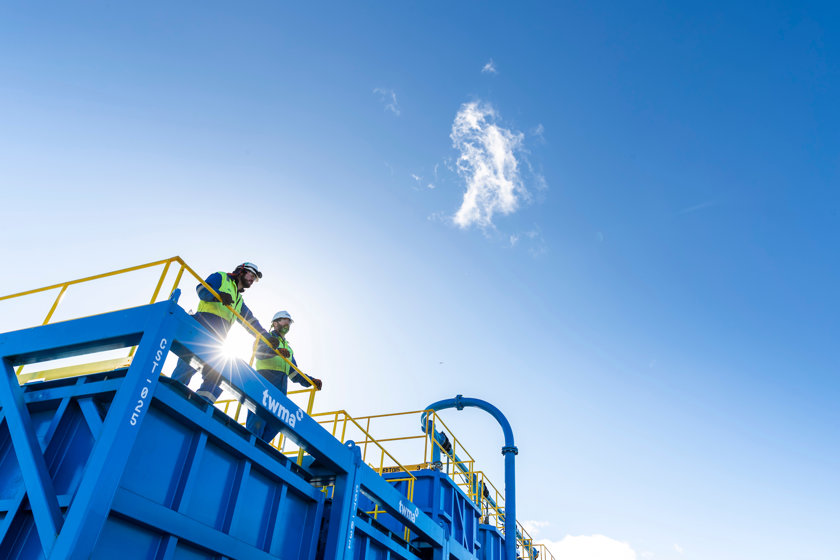 News
NewsTWMA adapts equipment to provide critical service to major operator in UAE
Drilling waste specialist, TWMA, has adapted its onsite drilling waste handling equipment to support safe operations for a major operator as it manages through the current crisis.
29 April 2020 -
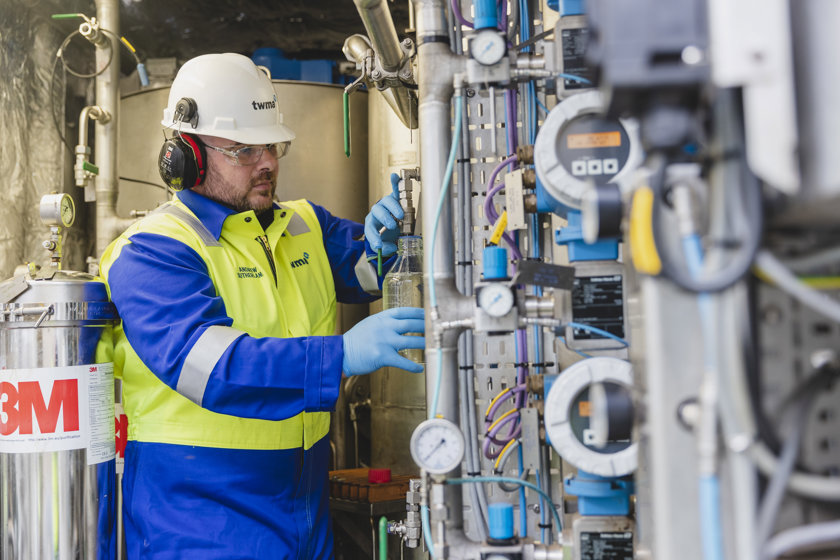 News
NewsThe benefits of processing drill cuttings at the rig site
When it comes to defining the methodology for drill cuttings treatment, it is now possible to materially reduce costs, improve safety, and lower the carbon emissions of drilling projects.
19 March 2020 -
 News
NewsTWMA appoints new CEO
Specialist drilling waste management company, TWMA, has announced the appointment of Halle Aslaksen as its new CEO.
19 February 2020 -
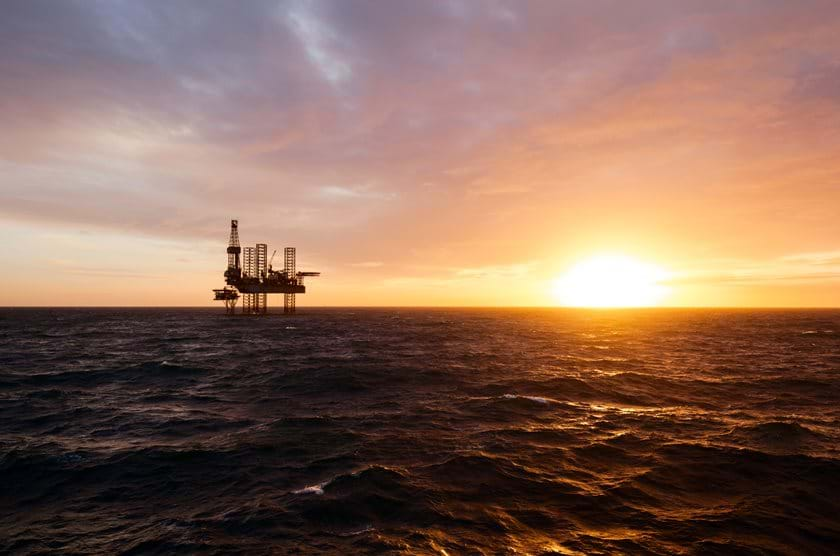 News
NewsOptimising financial and environmental gains with at source drilling waste management
Water-based and non-aqueous drilling fluids (NAF) and associated drill cuttings are the largest waste streams generated from global offshore drilling operations.
21 November 2019 -
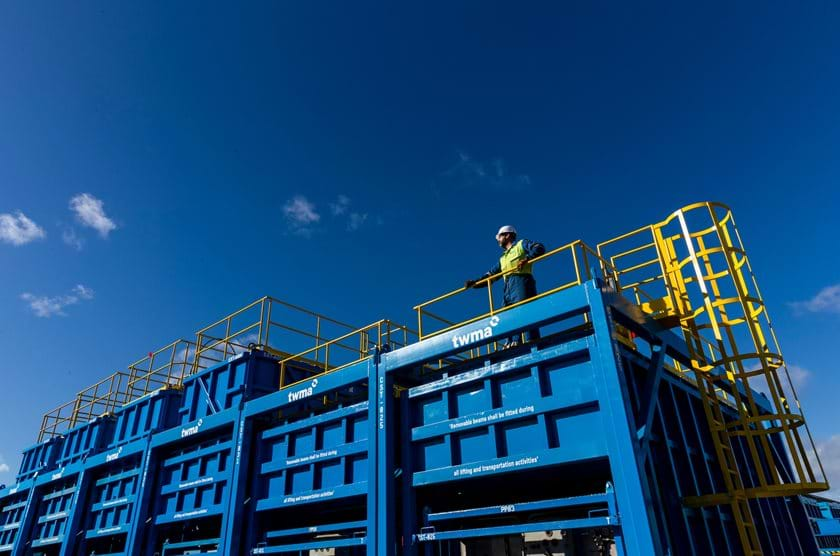 News
NewsTWMA secures £20 million of North Sea contracts
Specialist drilling waste management company, TWMA, has secured new contracts valued at £20 million in the North Sea in the first eight months of 2019.
04 September 2019 -
 News
NewsTWMA achieves 12 months LTI free
Specialist drilling waste management company, TWMA, has reached 12 months lost time incident (LTI) free operations.
27 June 2019 -
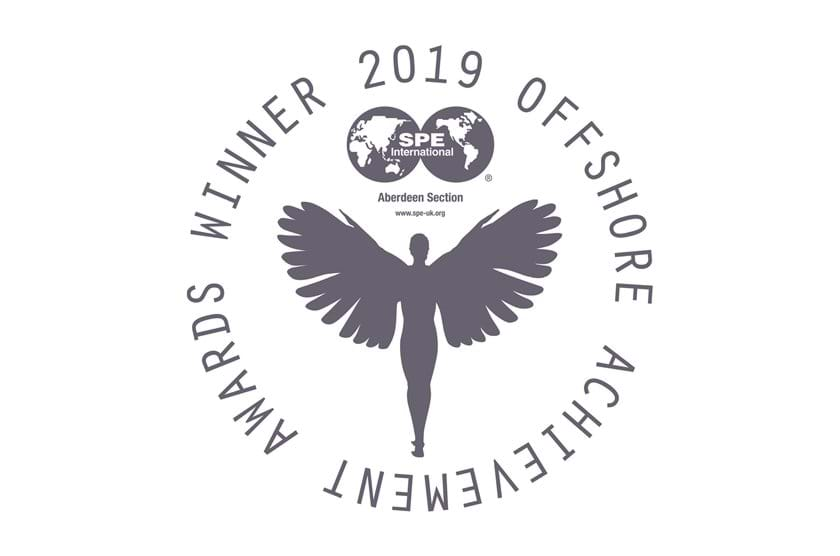 News
NewsTWMA named as Great Company (Large) at 2019 Offshore Achievement Awards
TWMA, provider of specialised drilling waste management services, has won the Great Company (Large) Award at this year’s Society of Petroleum Engineers (SPE) Offshore Achievement Awards (OAA).
22 March 2019 -
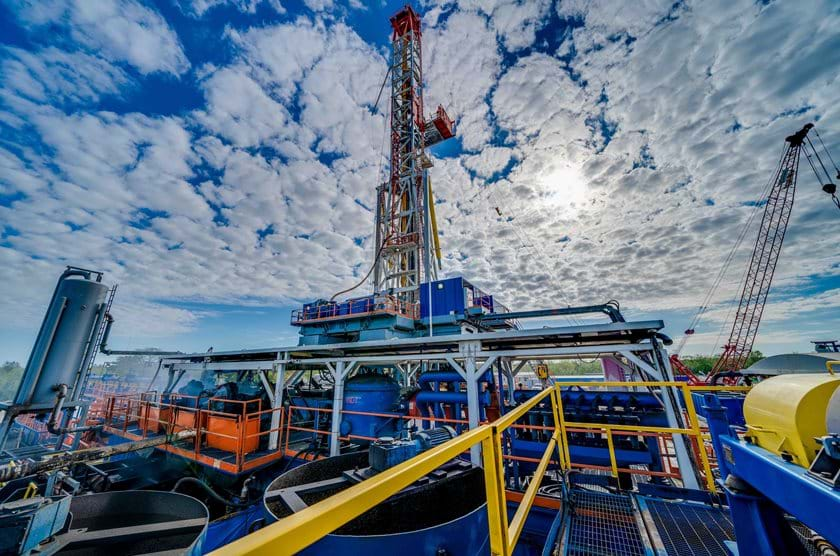 News
NewsTWMA Maintains Growth Strategy, Acquires US Service Company
TWMA, provider of specialised drilling waste management services, has announced its acquisition of US-based Dynamic Oilfield Services in an eight-figure deal.
20 June 2018